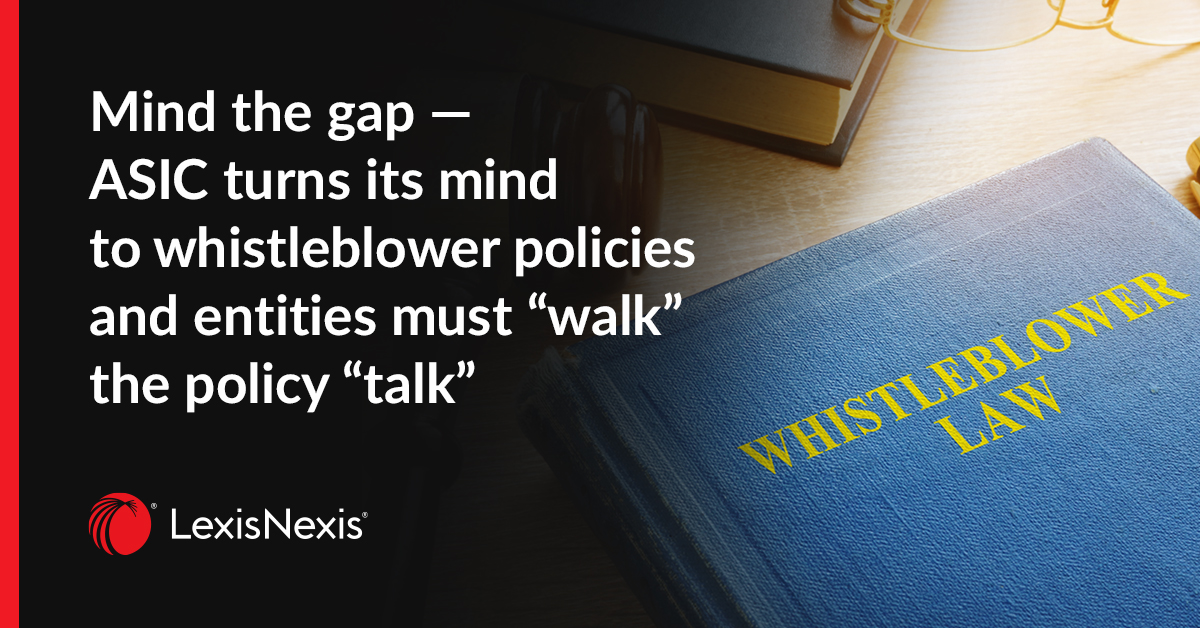
Climate change laws set to test new Parliament’s resolve from day one
18 July 2022 10:08
Antoaneta Nina Dimitrova, Head of Current Awareness at LexisNexis®
Election promises aside, Australia’s newly minted Government plans to introduce climate change legislation as soon as the 47th Parliament convenes this month for the first time.
Prime Minister Anthony Albanese, flanked by Climate Change and Energy Minister Chris Bowen, and Assistant Minister, Senator Jenny McAllister, confirmed lodging an updated Nationally Determined Contribution (NDC) with the United Nations Framework Convention on Climate Change (UNFCCC) secretariat as part of Australia’s obligations under the Paris Agreement. This, the PM said, underpinned Australia’s mission to lowering greenhouse gas emissions by 43 per cent below 2005 levels by 2030, and to net zero by 2050. The updated NDC;
- commits Australia to a more ambitious 2030 target. Australia will reduce greenhouse gas emissions by 43 per cent below 2005 levels by 2030, a 15-percentage point increase on Australia’s previous 2030 target.
- reaffirms Australia’s commitment to net zero emissions by 2050.
- commits the Government to providing an annual statement to Parliament on progress towards these targets.
- restores Australia’s Climate Change Authority as a source of independent policy advice.
Speaking at the Major Economies Forum on Energy and Climate, assembled by US President Joe Biden on June 17, Mr Albanese flagged his Government’s objective of turning Australia into a “clean energy superpower”, with the updated NDC pledge aiming for net zero by 2050 to deliver more than 80 per cent of the continent’s National Energy Market realised from renewable sources by 2030. The pledge, Mr Albanese said, sought both to address climate change by encouraging investment in renewable energy, and to provide business certainty for investors.
Backed by its policy framework, Powering Australia: Labor’s plan to create jobs, cut power bills and reduce emissions by boosting renewable energy, released in December 2021, the new Government wants to provide longer investment certainty for the industry than a typical 3-year elected government cycle. Independent modelling, the policy document flags, has indicated that Powering Australia would create 604,000 jobs, and stimulate $76 billion of investment.
The challenge - introducing applicable legislation that would earn multiparty and independents’ support in the Senate. The set of policies outlined that will require new legislation either immediately when Parliament is recalled in July, or as part of the October 25th Federal Budget (second this year), include:
- $20 billion investment in Australia’s electricity grid to accelerate its decarbonisation.
- An additional $300 million to deliver community batteries and solar banks across Australia.
- Up to $3 billion investment in the new National Reconstruction Fund to support renewables manufacturing and low emissions technologies.
- Powering the Regions Fund to support the development of new clean energy industries and the decarbonisation priorities of existing industry.
- A further $100 million to train 10,000 New Energy Apprentices in the jobs of the future.
- $10 million New Energy Skills Program to provide additional training pathways.
- The introduction of declining emission baselines for Australia’s major emitters, under the existing Safeguard Mechanism.
- Australia’s first National Electric Vehicle Strategy, to reduce emissions and accelerate the uptake of electric vehicle.
- Double existing investment in electric vehicle charging and establish hydrogen refuelling infrastructure to $500 million.
- The application of new standardised and internationally aligned reporting requirements for climate risks and opportunities for large businesses.
- A commitment to reduce the emissions of Commonwealth Government agencies to net zero by 2030.
- Restoring the role of the Climate Change Authority, while keeping decision-making and accountability with Government and introducing new annual Parliamentary reporting by the Minister.
- Bid to host a future Conference of the Parties in Australia with an offer to Pacific partner countries to co-host.
The Australian Government has also confirmed Australia will not use over-achievement (otherwise known as carryover) from its 2020 and Kyoto Protocol targets to meet its Paris Agreement targets. See full announcement here.
“When I've spoken with international leaders in the last few weeks, they have all welcomed Australia's changed position,” Mr Albanese said, while listing a number of business and industry bodies such as the AiGroup, the Business Council of Australia, the Australian Chamber of Commerce and Industry, the Clean Energy Council, the Australian Conservation Foundation, the Australian Council of Trade Unions coming out in support of his Government’s mandate to end the climate wars of the last decade.
Meanwhile, Opposition Leader Peter Dutton said the Coalition would vote against any Government legislation to enshrine 43 per cent cuts in emissions by 2030, despite the message sent by voters at the May election by choosing climate independent over Liberal candidates due to their outdated climate change position. That may be easier said than done, as several Liberals have already flagged crossing the floor to vote with the Government, and in support of the new targets.
The 47th Parliament is due to convene on Tuesday 26th of July for the first time since it was dissolved on 11th of April to make way for the May election. All 151 seats are expected to be officially declared by the Australian Electoral Commission before Parliament resumes in July.
The Lower House will have 77 seats for Labor, 58 for the Coalition, four for the Australian Greens and 12 Minor Party / Independent Members. The Senate will be made up of 26 seats for Labor, 32 for the Opposition, 12 for the Australian Greens, two each for One Nation and the Jacqui Lambie Network, as well as one for Independent Senator-elect David Pocock, and one for Clive Palmer’s United Australia Party. This represents 47 new Members in total, with 35 in the House of Representatives and 12 in the Senate. The Federal Parliament is expected to sit for a total of eight weeks between July 26 and the end of the year.
To access original media releases, text of legislation, and details around measures used as examples in this article, login to Capital Monitor at: www.capitalmonitor.com.au
Latest Articles
-
 3 tips for banking and finance lawyers when responding to an ASIC enquiry, and how to avoid misleading or deceptive conduct.
3 tips for banking and finance lawyers when responding to an ASIC enquiry, and how to avoid misleading or deceptive conduct. -
 Significant increases to competition and consumer law penalties have commenced and sweeping reforms to the unfair contract terms regime will follow in 12 months’ time.
Significant increases to competition and consumer law penalties have commenced and sweeping reforms to the unfair contract terms regime will follow in 12 months’ time. -
 The Australian Securities and Investments Commission (ASIC) is calling on Australian CEOs, from public companies, large proprietary companies and corporate superannuation trustees to review their whistleblower policies and processes to ensure compliance with private sector whistleblower laws.
The Australian Securities and Investments Commission (ASIC) is calling on Australian CEOs, from public companies, large proprietary companies and corporate superannuation trustees to review their whistleblower policies and processes to ensure compliance with private sector whistleblower laws.
Practical Guidance
Your one-stop solution for accurate legal answers from Australian legal experts. Tools, practically focused guidance notes, checklists, precedents, and training materials support and streamline your legal workflow.
LEARN MOREContact our Experts Now

 LexisNexis
LexisNexis